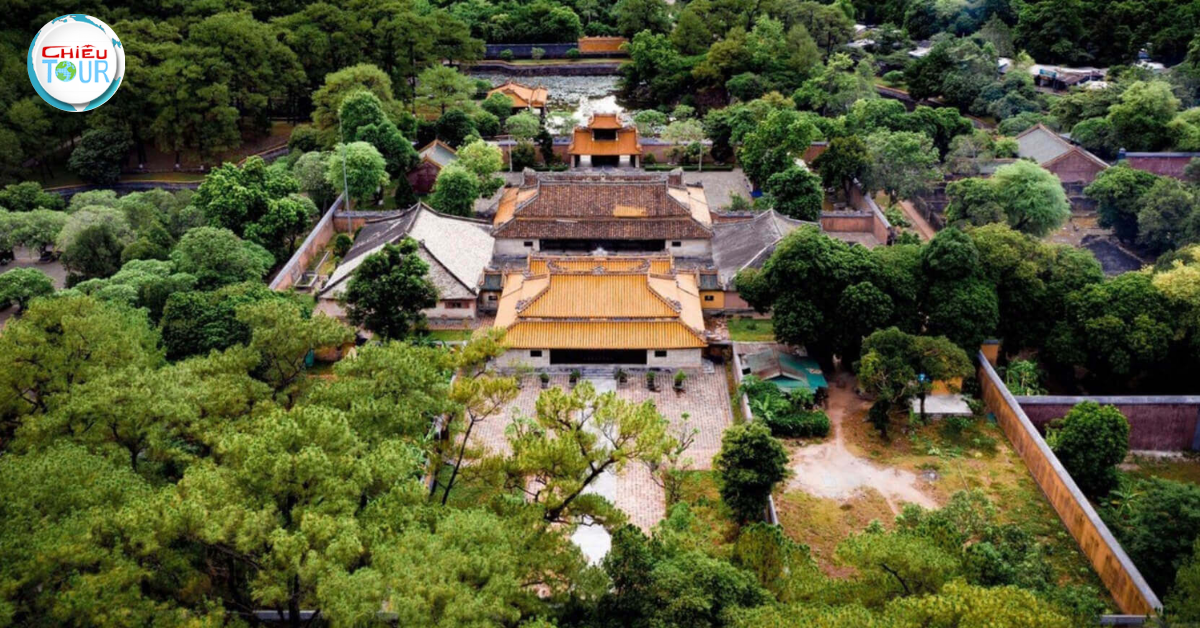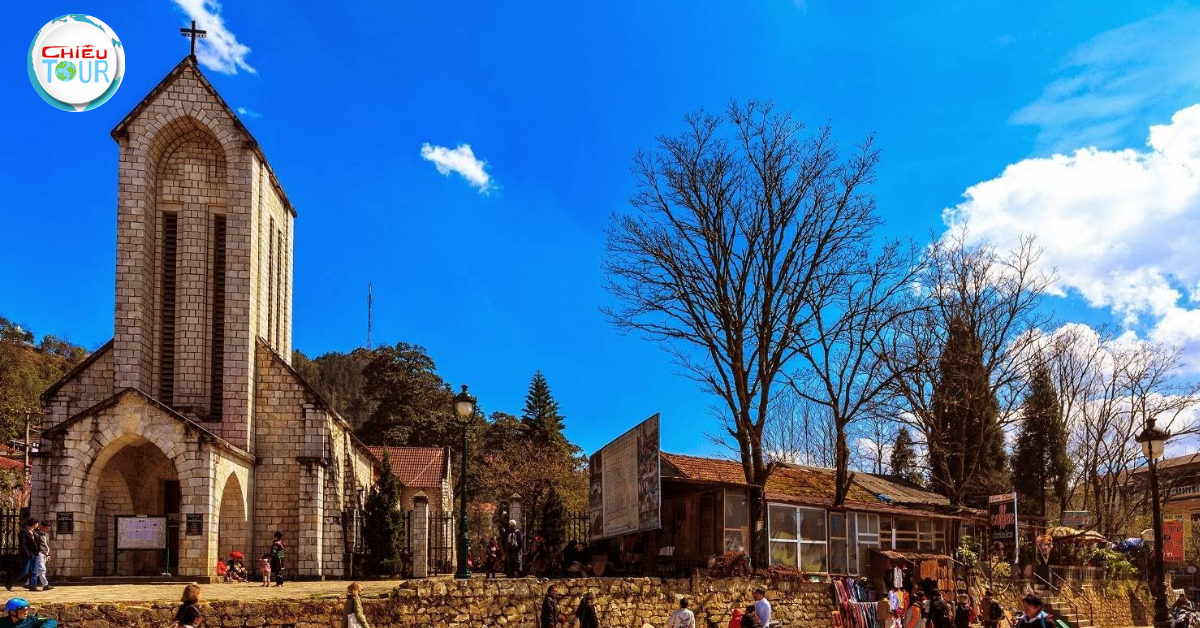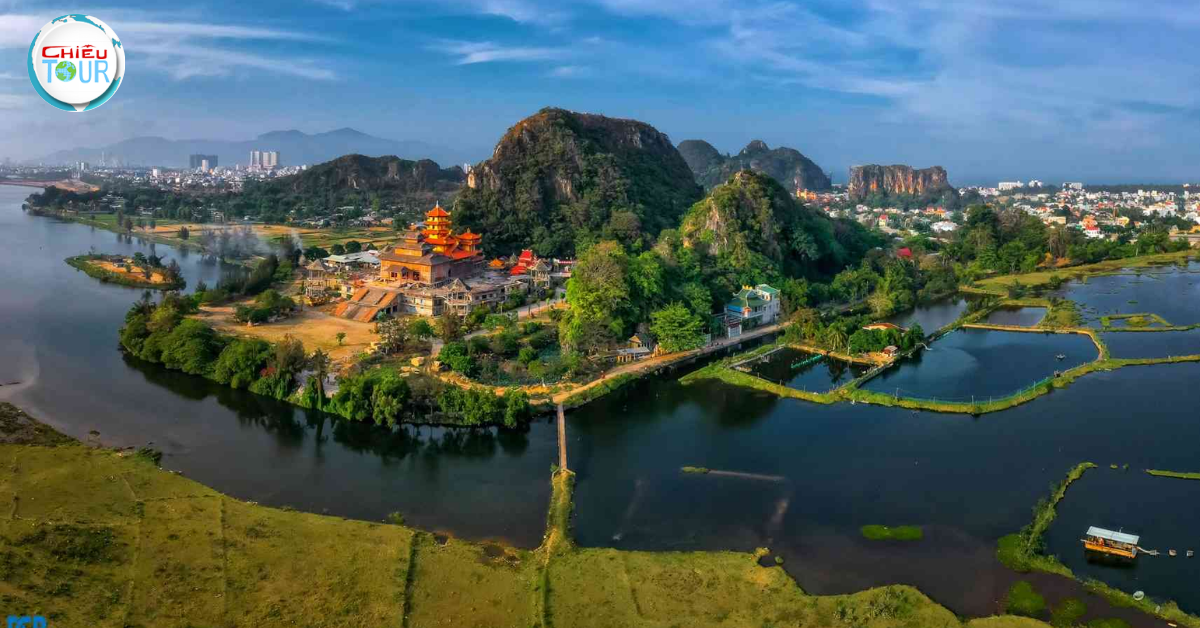The Tomb of Tu Duc
- Author: Admin
- | Hot destination
The Tomb of Tu Duc is a remarkable historical site situated in Vietnam, renowned not only for its architectural splendor but also for the deep cultural significance it embodies. Built for the fourth emperor of the Nguyen dynasty, Tu Duc’s mausoleum offers visitors a glimpse into the life and reign of a ruler who was both a poet and a philosopher. This article will explore the history, architecture, and cultural implications of The Tomb of Tu Duc, as well as its role in modern-day Vietnam.
Historical Context of The Tomb of Tu Duc
Understanding the tomb requires an appreciation of the historical landscape in which it was created. The Nguyen dynasty ruled Vietnam from the early 19th century until the mid-20th century, a period marked by significant political and social transformation.

The Life and Reign of Tu Duc
Tu Duc was born in 1829 and ascended to the throne at the young age of 18. His reign, which lasted over three decades, was characterized by efforts to consolidate power amidst both internal strife and external pressures.
His tenure saw the increasing influence of European powers in Vietnam, which led to conflicts that would eventually culminate in colonial rule. Despite these challenges, Tu Duc prioritized the arts, literature, and philosophy. He composed numerous poems and essays, reflecting his introspective nature and love for traditional Vietnamese culture.
Construction of the Tomb
Construction of The Tomb of Tu Duc began in 1864, during a tumultuous time in his reign. The emperor wanted a burial site that would reflect his legacy and provide him with a peaceful resting place after death. The location chosen was near a lotus pond in Quoc Tuân Village, surrounded by hills and forests, which he believed to be auspicious.
The design process took several years, and it involved thousands of workers, including artisans and laborers. The complex was officially completed in 1873, although Tu Duc passed away in 1883 before he could see the final touches. It was a project deeply intertwined with the emperor's vision of eternity and serenity, cementing his status as a culturally rich figure in Vietnamese history.
Cultural Significance
The Tomb of Tu Duc is more than just a sepulcher; it is a symbol of the confluence of tradition and imperial power. The mausoleum serves as a reminder of Vietnam's rich historical tapestry, embodying the resilience of its people amidst socio-political upheaval. Today, it stands as a testament to the art, culture, and philosophies that shaped a nation, drawing tourists and scholars alike who seek to understand Vietnam's past.
Architectural Marvels of The Tomb of Tu Duc
The architecture of The Tomb of Tu Duc is one of its most captivating elements. The design reflects traditional Vietnamese aesthetics combined with influences from Chinese architecture. The layout is carefully planned, harmonizing with the natural environment.

Layout and Design Principles
The layout of The Tomb of Tu Duc follows the principles of feng shui, emphasizing harmony between man-made structures and nature. The entire complex spans over twelve hectares and includes various buildings, each with distinct purposes and symbolic meanings.
The entrance to the tomb is adorned with large stone gates, leading visitors through a series of ceremonial paths flanked by trees, ponds, and statues. The careful planning shows the profound respect for nature that Tu Duc had, aligning his final resting place with the surrounding beauty.
Key Structures within the Tomb Complex
Among the notable structures within the tomb complex is the main tomb chamber, where Tu Duc’s body rests. The chamber is modestly sized, echoing the emperor’s desire for simplicity in death despite his opulent lifestyle.
Another essential structure is the pavilion, known as the “Dien Khao,” where Tu Duc used to spend time writing poetry. This space serves as a reminder of his artistic inclinations and provides insight into his character. Decorative elements such as intricate carvings and murals adorn the walls, showcasing the craftsmanship of the era.
Symbolism in Architecture
Each element within The Tomb of Tu Duc carries symbolic weight. For instance, the lotus flower, often depicted in carvings, symbolizes purity and enlightenment in Vietnamese culture. The use of stone statues representing mythical creatures like dragons and tortoises conveys divine protection, further enriching the spiritual atmosphere of the tomb.
Visitors often find themselves mesmerized by the harmonious blend of symbolism, artistry, and natural beauty. This connection to cultural values makes The Tomb of Tu Duc not only an architectural marvel but also a representation of Vietnam’s rich cultural heritage.
Visiting The Tomb of Tu Duc Today
Visiting The Tomb of Tu Duc is an experience that transcends mere tourism. It offers a unique opportunity to connect with Vietnam's history and cultural identity.

Practical Information for Visitors
Located about five kilometers from Hue city center, The Tomb of Tu Duc is easily accessible to tourists. The site is open year-round, with the most favorable weather conditions typically occurring between November and April.
Upon arrival, visitors are greeted by a serene landscape filled with lush greenery, tranquil ponds, and scenic walkways. As they wander through the complex, it is recommended to take time to absorb the ambiance, allowing oneself to reflect on the historical context and emotional depth of the location.
Guided Tours versus Independent Exploration
While visitors can explore the tomb independently, guided tours offer deeper insights into the historical and cultural significance of the site. Knowledgeable guides provide detailed explanations, illuminating the stories embedded within the architecture and artifacts.
However, for those who prefer a personal experience, exploring alone allows for a more immersive connection with the surroundings. Visitors may choose to meditate by the lotus ponds or contemplate the poetic verses attributed to Tu Duc, enriching their understanding of this influential figure.
Cultural Events and Festivals
The Tomb of Tu Duc also hosts various cultural events and festivals throughout the year, celebrating traditional customs and practices. These events often include music performances, poetry readings, and workshops, providing additional layers to the visitor experience.
Participating in these gatherings fosters a sense of community and connection to Vietnamese culture, allowing attendees to engage with local traditions actively. It serves as a poignant reminder of the continuing legacy of Tu Duc and the enduring impact of Vietnamese heritage.
FAQs

What is the best time to visit The Tomb of Tu Duc?
The best time to visit is between November and April when the weather is cooler and more pleasant. This timeframe provides ideal conditions for exploration and enjoying the scenery.
Is there an entrance fee for The Tomb of Tu Duc?
Yes, there is a nominal entrance fee to access The Tomb of Tu Duc. This fee contributes to the maintenance and preservation of this significant cultural site.
Can visitors take photographs inside the tomb complex?
Photography is allowed in most areas of The Tomb of Tu Duc. However, it is advisable to be respectful of the sacredness of certain spaces and follow any guidelines provided by the site management.
How much time should I allocate for a visit to The Tomb of Tu Duc?
Visitors typically spend around one to two hours exploring The Tomb of Tu Duc. This duration allows ample time to appreciate the architecture, read information plaques, and enjoy the serene environment.
Are there any nearby attractions to explore after visiting The Tomb of Tu Duc?
Yes, there are several other royal tombs and historical sites in the vicinity, including the Tomb of Khai Dinh and the Imperial City of Hue. Exploring these sites can provide a broader understanding of Vietnam’s rich history.
Conclusion
In conclusion, The Tomb of Tu Duc serves as a profound reflection of Vietnam's historical legacy, architectural brilliance, and cultural richness. From its meticulously crafted structures to its serene landscapes, the tomb invites visitors to ponder the life of a poet-emperor who cherished art and knowledge.
As we delve into the intricacies of this incredible site, we come to appreciate not only Tu Duc's contributions to Vietnamese culture but also the broader narrative of resilience and creativity that defines the nation. Whether you are a history enthusiast, an architecture aficionado, or simply a curious traveler, The Tomb of Tu Duc promises an enriching journey into the heart of Vietnam's heritage.
 Vietnam
Vietnam 





